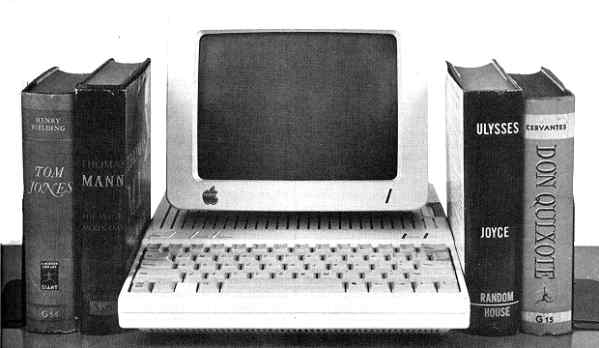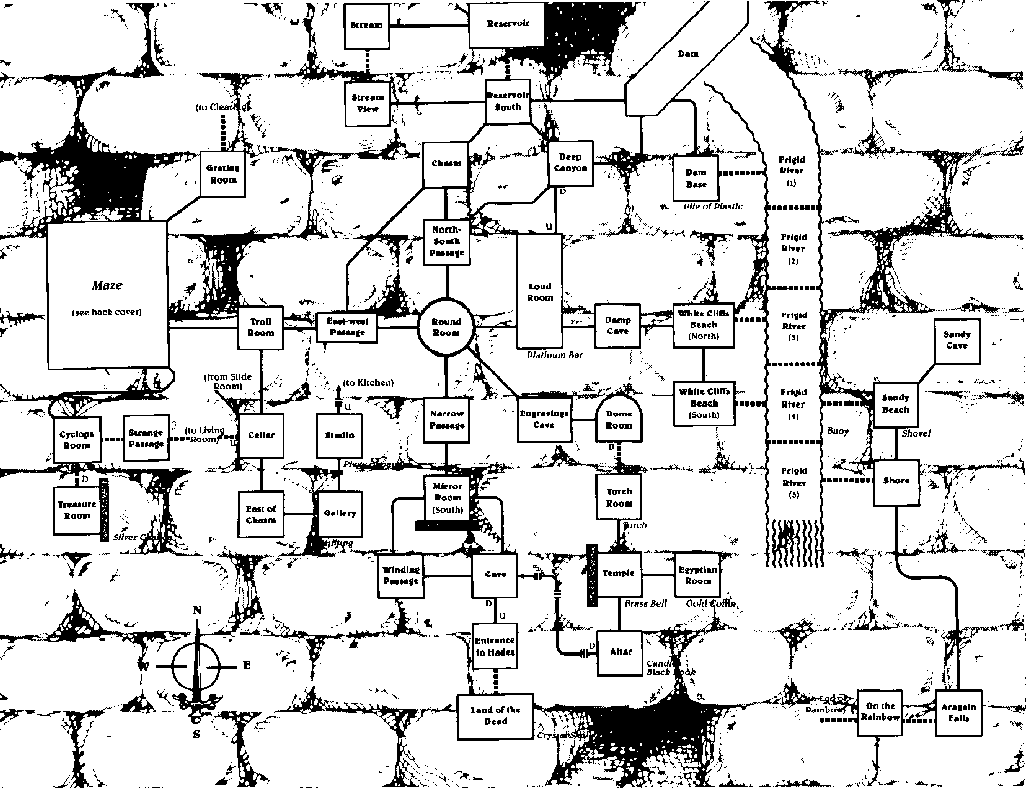Defining interactive fiction can be a tricky business, but, for our purposes, it shouldn’t detain us long. Parser-based interactive fiction is a computer-based form of literature in which the reader plays the part of an important character, deciding, within limits, what action that character will take. By typing ordinary natural-language sentences at the keyboard, the reader or, frequently, a group of readers, decide where the main characters will go, what objects they will pick up and use, how they will solve problems, and how they will interact with other characters. Some works of parser-based interactive fiction include pictures and sounds, but the stories communicate mostly through words. Many students find interactive fiction, also known as IF or adventure gaming, an enjoyable way to gain experience with all of the major elements of literature (though point of view takes an unusual twist or two), and teachers who are comfortable with it soon find that it grows well in the classroom, even if there’s only one computer available.
In current practice, writers often use the adjective “parser-based” when discussing the kind of interactive fiction that we’re discussing here, since IF stories use a “parser” to translate the reader’s typed input into a form that the story can use. However, not all computer-based stories let the reader type commands in the form of natural-language sentences, and not all computer-based stories rely mostly on text. Stories that are presented through pictures and invite viewer input through mouse clicks or button presses are sometimes called “graphical interactive fiction.” One notable example of this genre is the story called Myst, and its several sequels. Other stories rely on text, but do not allow the reader to offer input through full sentences, opting, instead for a “choose from a list” system. These stories are often called “choice-based interactive fiction” or “hypertext literature.” For an example, have a look at “The Matter of the Monster” by Andrew Plotkin. It’s available at http://www.eblong.com/zarf/zweb/matter/.
The Twine Logo
In recent years, hypertext literature has attracted the attention of a good many educators. It’s generally easy to read, and, with the advent of an authoring system called “Twine,” has become somewhat easy to write. However, the parser-based input system is much more open-ended than any point-and-click approach can possibly be. It challenges the reader to compose text in way that is both disciplined and creative. Parser-based IF will be our main focus in this website, and, for our purposes “interactive fiction” and “text-adventure gaming” will refer to parser-based interactive fiction.
The phrase “text-adventure gaming” raises another issue about the nature of interactive fiction. Some works of IF seem more like games than stories. Especially in the early days of the genre, in the late 1970’s and early 1980’s, most works of interactive fiction were long on problem-solving and maze-mapping, and short on plot, character, tone, and theme. However, the best interactive fictions have always included various elements of literature. Today, even an IF story that qualifies as a “puzzle fest” usually offers a substantial narrative. For instance, Bronze by Emily Short, has often been described as “puzzle-oriented,” work, but it’s also a finely-crafted tale that seldom fails to entrance, and to shock, student readers.
So far, we’ve been using the term “reader” to refer to the person who is reading an interactive fiction and also directing one (or, occasionally, more than one) of the story’s characters. Since this person actually does more than reading, some writers refer to him or her as an “interactor.” The character that the interactor “runs” is often called the “player/character,” and any other character is usually dubbed a non-player character or NPC, a term borrowed from role-playing games.



